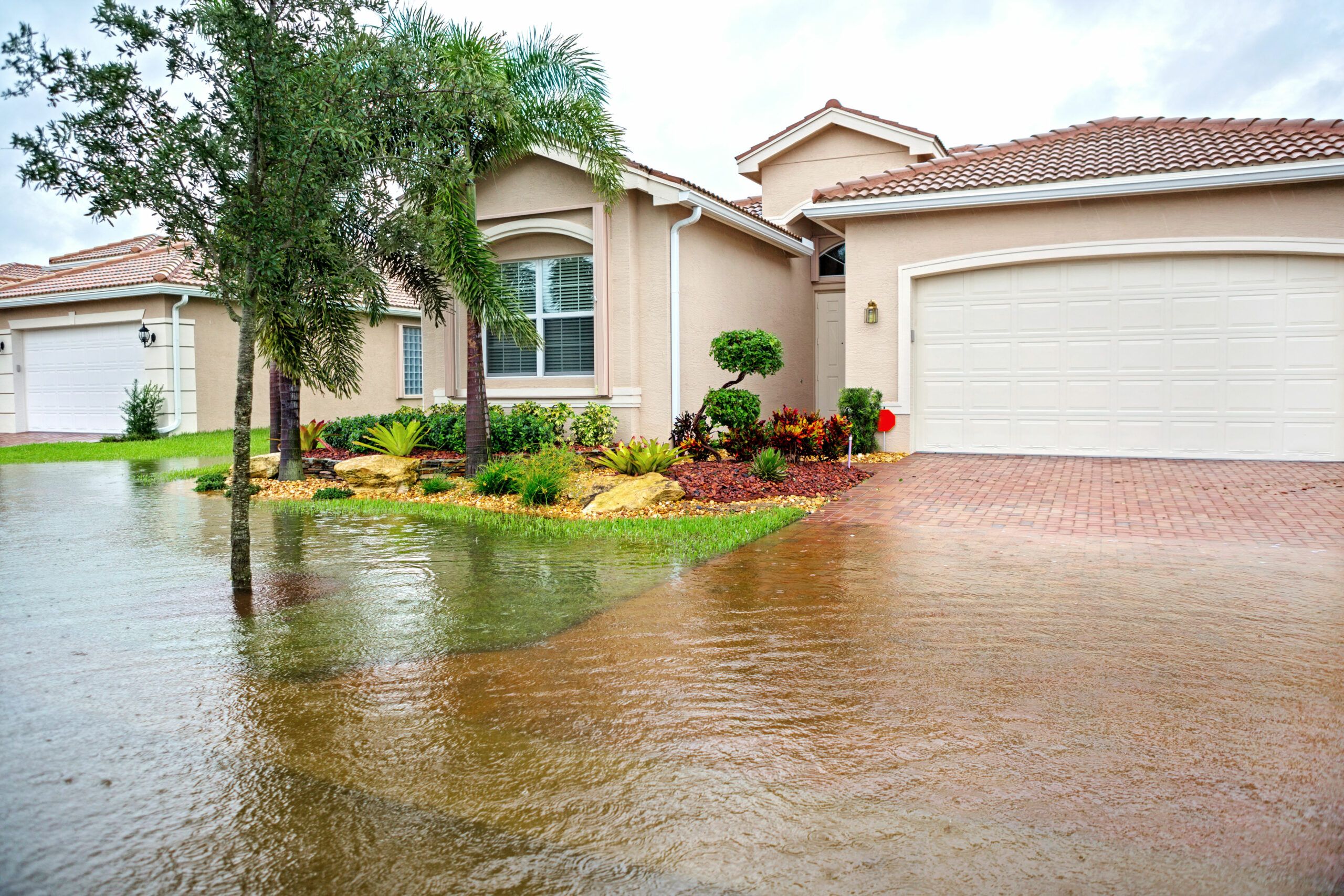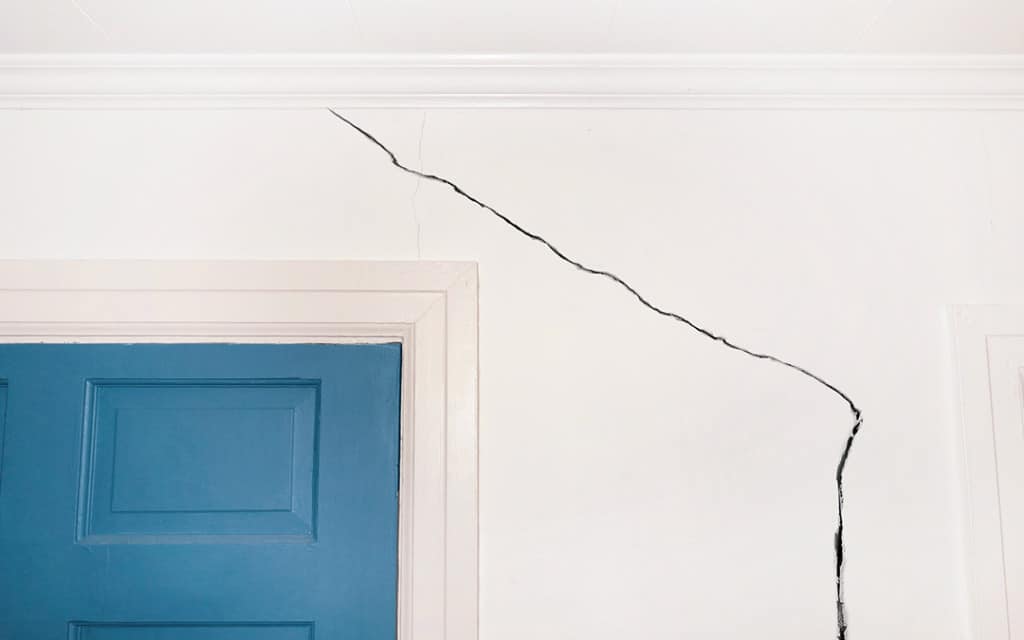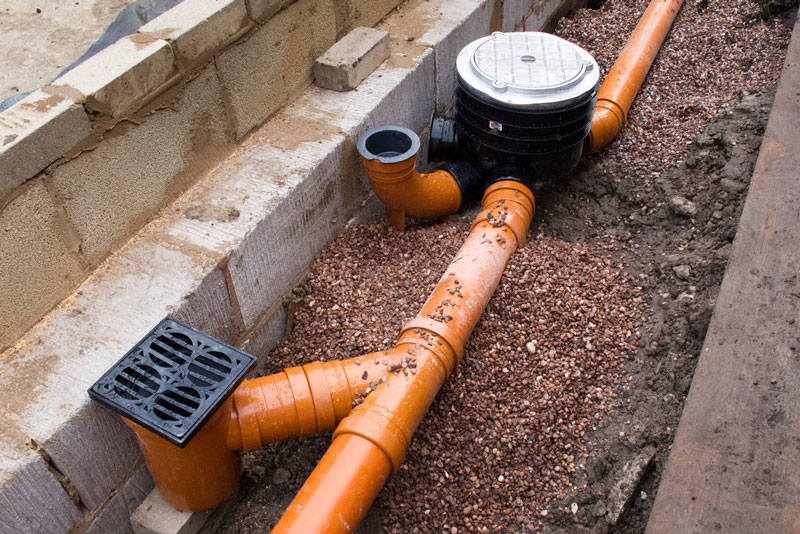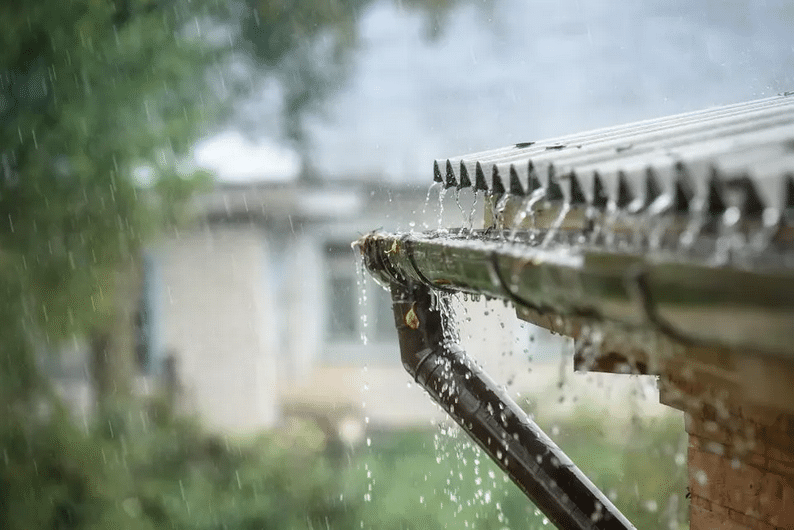Ways to ensure a flood-free home
As the rainy season approaches, it’s crucial to remain prepared and vigilant in order to stay safe, especially given the increasing severity of typhoon rains and winds today.
Geohazard conditions
If you’re eyeing to buy a new home, the first and perhaps most important step is to check whether the area is safe and not prone to flooding. In 2012, the Department of Environment and Natural Resources (DENR) advised prospective buyers to avoid disaster-prone areas by referring to geohazard maps. Familiarizing yourself with the surroundings is crucial for your property’s long term sustainability.
Review your area’s elevation as well. Naturally, higher elevations reduce the risk of flooding. Avoid as much as possible the so-called “catch basin” areas, where water tends to accumulate, making these more prone to flooding and drainage issues.
Tell-tale signs
Flood-prone properties may have tell-tale signs.
One indicator can be found in an unlikely place—the ground floor toilet. Forensic architect Froilan Hong warned that if water goes up when flushing, there is a high chance that septic tank effluents are blocked because of floodwaters.
Leaks on windowsills and water marks, especially those on nearby fences, walls, or even tree trunks within the vicinity, are indicators of a flood prone property while flapping roofs and clogged gutters are signs of an unreliable house. Outside the house, mud on the road is a sign that the surrounding vicinity is vulnerable to bad weather conditions, as this indicates the “looseness” of soil.
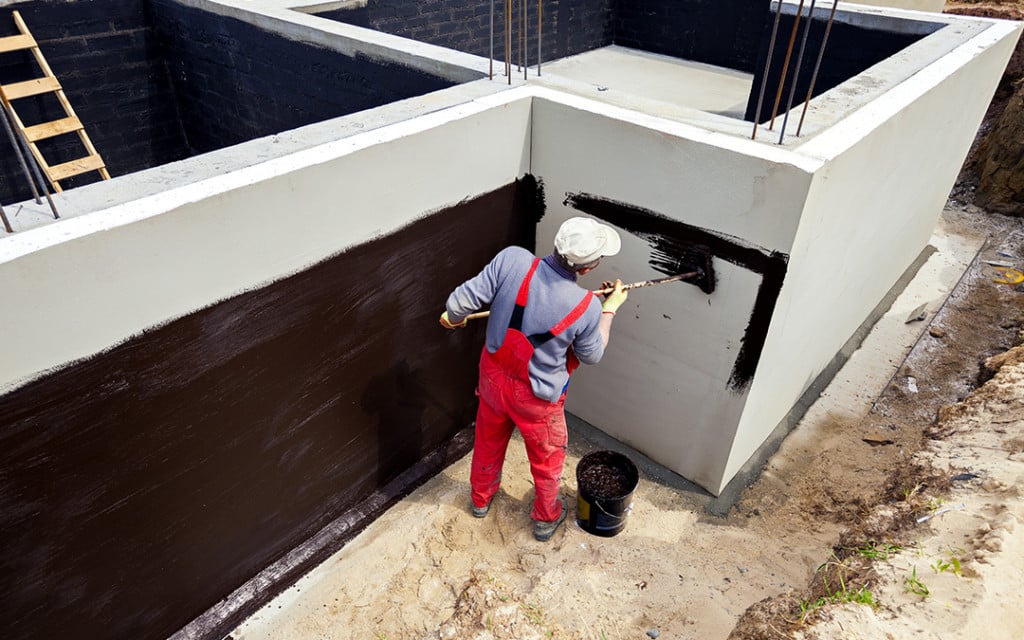
Coatings and sealants can be applied to the property’s foundation,
walls, windows, and doorways. NIPPONPAINT.CO.IN
Structural integrity
But if it cannot be helped, ensure your property’s structural integrity. Properties built with flood-resistant material, such as concrete, glazed brick, steel hardware, pressure-treated and marine-grade plywood, ceramic tile, and polyester epoxy paint can withstand contact with flood water for at least 72 hours without significant damage.
Floodproofing coatings, sealants, and waterproof veneer, such as a layer of brick backed up against a waterproof membrane, can also help protect your home’s interior and keep water from entering. Coatings and sealants can be applied to the property’s foundation, walls, windows, and doorways.
Proper drainage will also help circumvent any incoming floodwaters. Foundation vents can provide outlets for floodwater to flow through, while sewer backflow valves can keep flooded sewage systems from backing up into the home. In this case, gate valves generally do the job better than flap valves as they provide better seals against pressure.
After the storm
If you ever find yourself affected by flood, be sure to assess possible structural damages, such as roof damages or foundation cracks. Check if there are any downed power lines around your property, and refrain from touching them or stepping in puddles or other small bodies of water near them to avoid electrocution.
Electricity and appliances are likely the first ones you would want to check. But make sure first that all electrical outlets are dry before switching on the main power source.
Power outlets that have been submerged in floodwater should be opened. Use an air compressor with a hose to flush out any remaining water, then leave your power outlets to dry for around two days before switching them on.
Upholstered furniture and mattresses are likely to have contaminants and bacteria from floodwaters, and as such, be sure to clean them with disinfectant and extract as much water as possible immediately. Take note that musty odors may be signs of mildew and may pose health risks.
For other wet surfaces, clean them with hot water and laundry detergent or dishwashing liquid to prevent water damage.
Sources: Inquirer archives, johnlscottballard.com, allstate.com, archdaily.com

